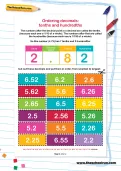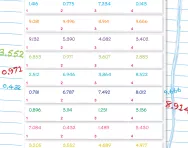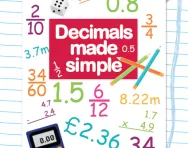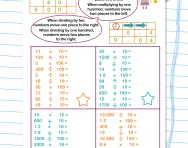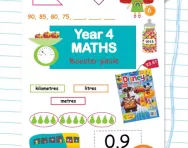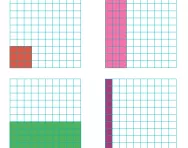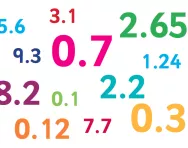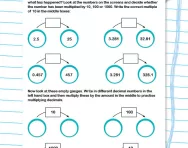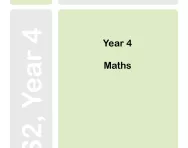Important update from TheSchoolRun
For the past 13 years, TheSchoolRun has been run by a small team of mums working from home, dedicated to providing quality educational resources to primary school parents. Unfortunately, rising supplier costs and falling revenue have made it impossible for us to continue operating, and we’ve had to make the difficult decision to close. The good news: We’ve arranged for another educational provider to take over many of our resources. These will be hosted on a new portal, where the content will be updated and expanded to support your child’s learning.
What this means for subscribers:
- Your subscription is still active, and for now, you can keep using the website as normal — just log in with your usual details to access all our articles and resources*.
- In a few months, all resources will move to the new portal. You’ll continue to have access there until your subscription ends. We’ll send you full details nearer the time.
- As a thank you for your support, we’ll also be sending you 16 primary school eBooks (worth £108.84) to download and keep.
A few changes to be aware of:
- The Learning Journey weekly email has ended, but your child’s plan will still be updated on your dashboard each Monday. Just log in to see the recommended worksheets.
- The 11+ weekly emails have now ended. We sent you all the remaining emails in the series at the end of March — please check your inbox (and spam folder) if you haven’t seen them. You can also follow the full programme here: 11+ Learning Journey.
If you have any questions, please contact us at [email protected]. Thank you for being part of our journey it’s been a privilege to support your family’s learning.
*If you need to reset your password, it will still work as usual. Please check your spam folder if the reset email doesn’t appear in your inbox.
Ordering decimals: tenths and hundredths
How do you order decimals?
Ordering decimals involves arranging decimal numbers from least to greatest, or from greatest to least. To do this, you can follow these steps:
- Look at the whole numbers: If the whole number part of the decimals is different, start by comparing these whole numbers. The decimal with the larger whole number is greater.
- If whole numbers are the same: Look at the decimal parts. Begin by comparing the digit in the tenths place, then the hundredths place, and so on.
- Add leading zeros: If one decimal has more decimal places than the other, add zeros to the shorter one so that they have the same number of decimal places. This helps in making a direct comparison.
- Compare digit by digit: Compare the digits in each corresponding place value. Start from the left and move to the right. The first digit where the decimals differ determines their order.
How will this worksheet help your child order decimals?
This colourful teacher-created worksheet helps your child learn how to recognise the value of decimal numbers and order them from smallest to largest. It provides a brief but clear explanation of what tenths and hundredths are and how to identify them, then asks your child to cut out the decimal numbers and place them in order. They can have as many goes as they like, moving the numbers around until they feel confident that they understand why one is smaller than the other.
TheSchoolRun.com has plenty of helpful advice and information about decimals, as well as tutorials and worksheets.
